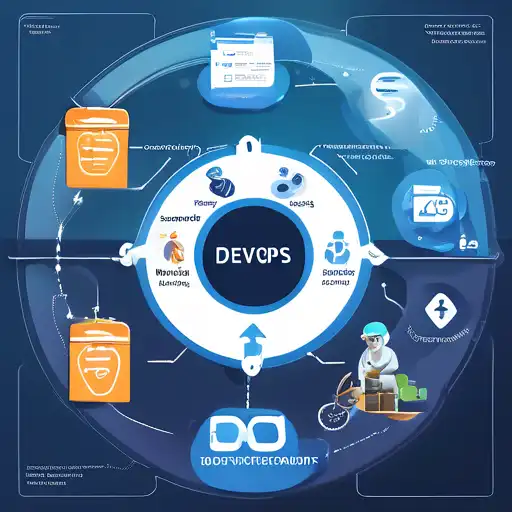Introduction to DevOps in Software Development
DevOps has revolutionized the way software is developed, deployed, and maintained. By bridging the gap between development and operations teams, DevOps practices ensure a smoother, faster, and more efficient software development lifecycle (SDLC). This article explores the multifaceted benefits of DevOps and how it enhances the SDLC.
Key Benefits of DevOps
DevOps brings numerous advantages to the table, including but not limited to:
- Improved Collaboration: DevOps fosters a culture of collaboration between developers and operations teams, breaking down silos and enhancing productivity.
- Increased Deployment Frequency: With continuous integration and continuous deployment (CI/CD), teams can release updates more frequently and with greater reliability.
- Enhanced Efficiency: Automation of repetitive tasks frees up time for teams to focus on more strategic activities, thereby improving overall efficiency.
- Higher Quality Products: Continuous testing ensures that issues are identified and resolved early in the development process, leading to higher quality software.
DevOps Practices That Improve SDLC
Several DevOps practices are instrumental in enhancing the SDLC:
- Continuous Integration and Continuous Deployment (CI/CD): These practices allow for the automatic testing and deployment of code changes, reducing manual errors and speeding up the release process.
- Infrastructure as Code (IaC): IaC enables teams to manage infrastructure through code, making it easier to provision and manage resources dynamically.
- Monitoring and Logging: Continuous monitoring and logging help in identifying and addressing issues in real-time, ensuring optimal performance and reliability.
- Microservices Architecture: Adopting a microservices architecture allows teams to develop, deploy, and scale parts of the application independently, improving agility and reducing downtime.
Implementing DevOps in Your Organization
Adopting DevOps requires a cultural shift as much as it does technical changes. Here are some steps to get started:
- Assess Your Current Processes: Understand your current SDLC and identify areas that can benefit from DevOps practices.
- Invest in the Right Tools: Tools like Jenkins, Docker, and Kubernetes can automate and streamline various aspects of the SDLC.
- Focus on Culture: Encourage collaboration and communication across teams to foster a DevOps culture.
- Start Small: Implement DevOps practices in small, manageable projects before scaling across the organization.
Conclusion
DevOps is not just a set of practices but a culture that emphasizes collaboration, efficiency, and continuous improvement. By integrating DevOps into the SDLC, organizations can achieve faster delivery times, higher quality products, and improved customer satisfaction. Whether you're just starting out or looking to optimize your current processes, DevOps offers a pathway to more agile and efficient software development.
